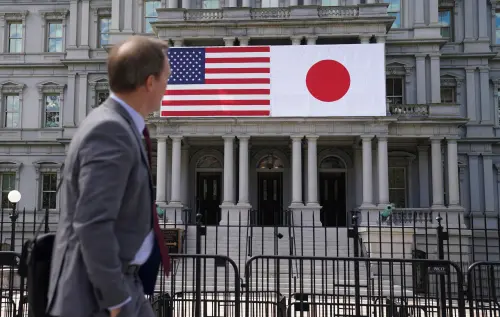Reunification has been a goal of most Koreans since the peninsula was formally separated at the conclusion of the Second World War. The historic summit between former Republic of Korea (ROK) President Kim Dae-jung and Democratic Peoples Republic of Korea (DPRK) leader Kim Jong-il in June 2000, gave rise to a reasonable but somewhat emotional public dialogue about the eventual reunification of the two Koreas. However, in the years since then there has been little tangible progress at the political level to warrant near-term excitement for reunification.
Assuming reunification of the Korean Peninsula and then discussing the implications for the United States and Northeast Asia is almost an anticlimactic and out of sequence approach to a very significant subject. How and under what conditions the Republic of Korea (ROK) and the Democratic Peoples Republic of Korea (DPRK) arrive at a reunified state is far more important and will form the foundation for the implications that reunification has for the United States and Northeast Asia.

